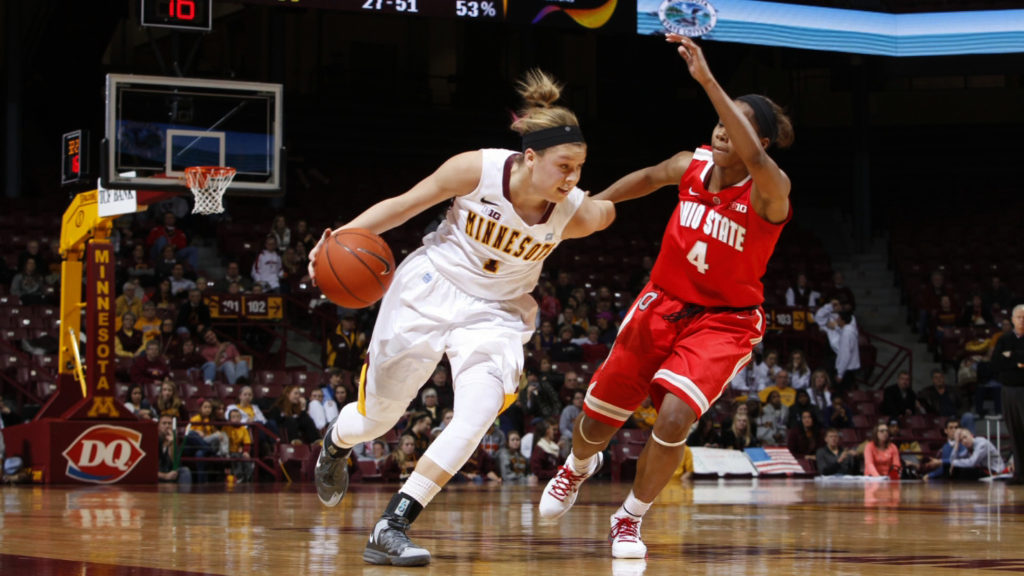
photo by TPT

This article originally appeared on TPT Rewire.
By Maribel Lopez
Basketball. Soccer. Tennis.
First images that come to mind? Athletes on the cover of Sports Illustrated? Eh, maybe. Female athletes on the cover of Sports Illustrated? Eh, probably not.
What images come to mind when you think of females in Sports Illustrated? Female athletes in competitive stances or women in bikinis?
Research shows that people prefer seeing images of female athletes in competition performing their sport AND are more likely to attend/watch that sport if they are portrayed in that way over a female athlete in sexy swimwear. So, why are female athletes often featured in highly sexualized poses instead of in on-court/on-field images showcasing their professional skills?

Some may argue that female athletes have a choice to be portrayed in that light. While they could say no—the percentage of female athlete media coverage is ridiculously low. This means that for some athletes, they are faced with either getting some media coverage or no coverage at all. Some say that “sex sells” women’s sports, but in reality, it doesn’t.
According to TPT’s 2013 Emmy® Award-winning documentary: “Media Coverage and Female Athletes,” 40 percent of all athletes are female yet they receive just 2 to 4 percent of media coverage. We all know from simply watching television and looking at the sports section that athlete media coverage between males and females is not equal, but did you think it was as disproportionate as that?


With all of the sports coverage we are currently witnessing of both male and female athletes in this summer’s Olympic Games, it may not seem so disproportionate at this very moment, but once these games are over—will we see or hear about world champion, record-breaking and Olympic gold medal-winning Katie Ledecky on the regular? What about Team USA’s women’s gymnastic team that is chock-full of strong, talented athletes? If we do hear about them, what will we be hearing? Will we hear about their athleticism or their body shape and marital status?
“Media Coverage and Female Athletes” explores the type of coverage women sports receive and the “chicken and the egg” debate: do female sports not get more media coverage because there isn’t enough interest or is it that there isn’t interest in female sports because people aren’t exposed to them as much due to lack of media coverage?
The documentary includes conversations with research experts on female sports coverage as well as sports reporters, well-known women’s coaches and athletes like Minnesota Lynx’s Maya Moore and Lindsay Whalen, both of whom are repping Team USA at the summer Olympics in Rio.
Watch “Media Coverage and Female Athletes” anytime, anywhere on tpt.org or using the PBS app.
Read Next



